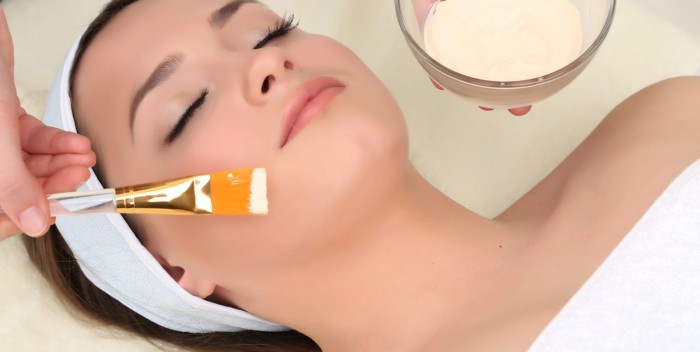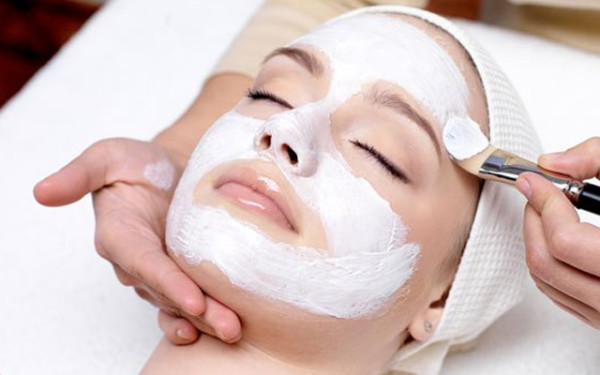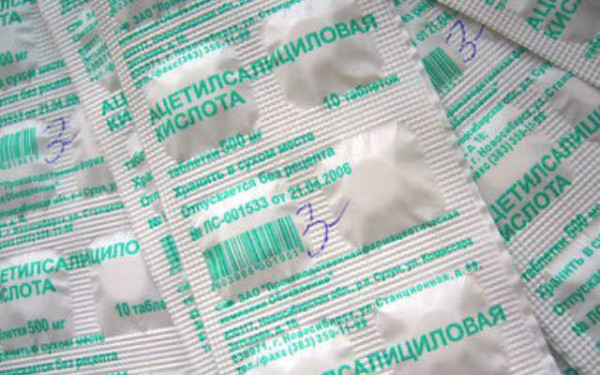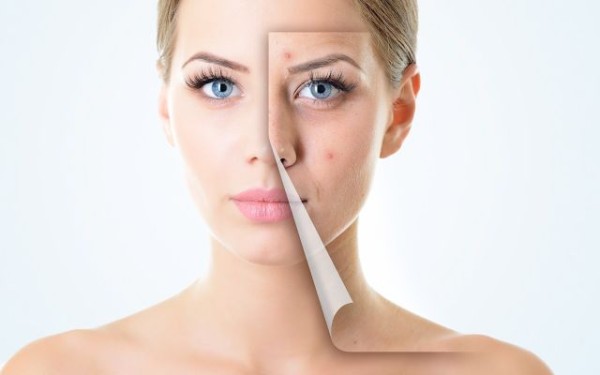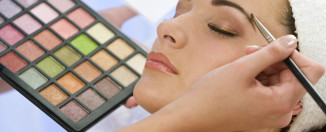Salicylic peeling: how to do it
One of the most effective procedures for renewing and cleansing the upper layers of the epidermis is peeling... In this article, we will consider one of the types of gentle peeling, namely, peeling with salicylic acid. Salicylic acid is a natural ingredient, a strong antiseptic that stops sebum production, removes dead skin cells and microbes, and also promotes collagen production. You can do this procedure at home or in the salon.
How salicylic acid peeling is done
First, you need to understand who can and who should not do salicylic peeling. Peeling in addition to the skin of the face can be done on the décolleté, neck, hands. Salicylic peels should be used if you have:
- Acne and its consequences.
- Mature skin.
- Oily skin.
- Acne.
- Dark spots.
In addition, salicylic acid peels are used as a prophylaxis to renew and cleanse the epidermis. In this case, consult a specialist who will select a special peeling composition suitable for your skin type and its individual characteristics.
Peeling with salicylic acid is recommended from October to April, while solar activity is not as strong as in summer. In addition to seasonal restrictions, there are also personal contraindications:
- Pregnancy and the GW period.
- Open wounds, scars.
- Herpes.
- Individual intolerance.
- Sunburn.
- Taking heavy medications.
- Inflammation.
Now let's move on to the peeling procedure itself, which you can do in the salon. Perform it in stages:
- Preparation. A few weeks before the procedure, the beautician will prescribe skin preparations to help you prepare your skin for the procedure. At this time, you will be advised not to visit the sauna, solarium, bath.
- Removing makeup. It is necessary to cleanse the skin and apply a special solution to clean skin areas that softens the upper layer of the epidermis. This is necessary in order for the skin to become more adapted to the action of the active components of salicylic acid, so that the peeling procedure is more effective.
- Degreasing. In order to prevent the appearance of side effects after the procedure, the skin must be cleaned and disinfected with a special preparation.
- Salicylic acid application. After all the above steps have been completed, a salicylic solution is applied. You may experience an unpleasant burning sensation on your skin or a mild tingling sensation - this is a common reaction to exposure to chemicals. However, if you feel that the discomfort is growing, you should immediately inform a specialist who, using special means, will eliminate the effect of the applied solution. On average, the solution is kept on the skin for three to ten minutes.
- End of the procedure. At the end of the procedure, you will first be given a mask to help rehabilitate your skin. And then a special cream, which contains nutritious, anti-inflammatory components, for example, based on aloe. These creams are used to protect skin cells from adverse effects and help the skin to recover from the procedure.
Salicylic acid peeling is prescribed in a course of at least seven and maximum ten procedures, depending on individual characteristics and needs. Breaks between procedures should not be less than a week.
Salicylic peeling at home
At your choice, you can buy ready-made preparations, or you can prepare a solution at home using a component such as acetylsalicylic acid:
- For owners of oily skin: In 15 ml of warm water, dissolve one aspirin tablet, 5 ml of honey and one pinch of baking soda. Stir the mixture well. Apply the mixture to previously cleansed skin for 5 minutes.
- For owners dry and sensitive skin there is a recipe for the most gentle peeling. Take 5-7 ml of any oily cream and mix with 1 tablet of non-effervescent aspirin, crushed. Apply this mixture to cleansed face and keep it on for one hour.
In order to carry out the peeling at home, you also need to prepare your skin:
- Preparation. Refuse to visit the sauna, steam bath, solarium a couple of weeks before the procedure.
- Skin cleansing. Remove makeup, as well as remove dirt and sebum from the skin. To do this, you can steam your face and make masks. If you ignore this step, the effect of the salicylic peel will be weakened, because dirt particles can clog the pores, causing inflammation.
- Degreasing. Wipe the surface of the skin with an antiseptic, degreasing agent.
- Application. Apply the peeling agent to the prepared area of the skin, and keep strictly observing the time schedule. If you experience unpleasant pain sensations, you should immediately stop the procedure so as not to injure the skin. Reduce the concentration of aspirin next time.
- End of the procedure. At the end of the exfoliation, wash with cool water. Then treat the skin with an antiseptic, or apply a cream that contains aloe extract. It is not recommended to go outside after the procedure, your skin needs time to recover.
After peeling, redness appears on the skin. This is a common occurrence, because there was a cleansing of dead cells. The skin can be tight and even dry, to relieve discomfort - moisturize the skin. After a couple of days, the top layer of your skin will begin to peel off. Try not to pull off pieces of skin yourself, or you risk injury.
Salicylic peeling: reviews
In the video below you can read a review of one fairly popular tool.
